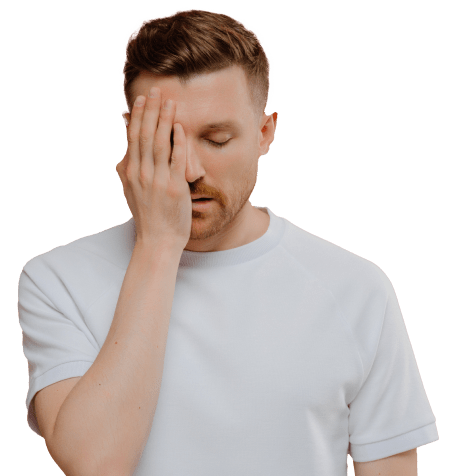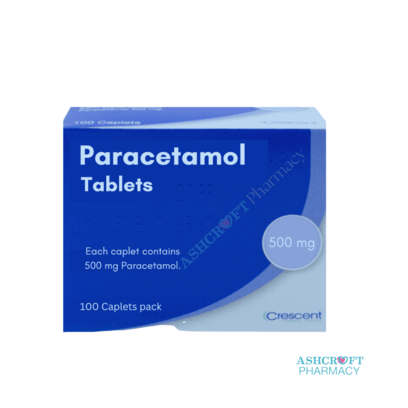- Free Delivery Over £50
- UK Registered Pharmacy
- Discreet Delivery
- Authentic & Safe Medication

Info: Before issuing a treatment, you’ll need to answer a short assessment. This will help us recommend the right treatment for you.
Pain Relief medications

Diclofenac Sodium Tablets
From £16.99
Ibuprofen 400mg Tablets
From £6.99

Naproxen Tablets (250mg & 500mg)
From £8.99
Nurofen Plus
From £14.99
Paracetamol 500mg Tablets
From £3.99
Solpadeine Max
From £12.49
Voltarol Max Strength Pain Relief 2.32% Gel
From £7.99
Order in the next for Monday delivery
Naproxen Gastro-Resistant Tablets (250mg & 500mg)
Nurofen Plus
| Medication | Ashcroft Pharmacy |
|---|---|
| Nurofen Plus 32 Tablets | £14.99
Order now |
Solpadeine Max
| Medication | Ashcroft Pharmacy |
|---|---|
| 1 x24 Tablets | £12.49
Order now |
Ibuprofen 400mg Tablets
Naproxen Tablets (250mg & 500mg)
Paracetamol 500mg Tablets
Voltarol Max Strength Pain Relief 2.32% Gel
Hear from our customers...
Loading reviews...
Ordering is quick and easy!

Step 1:
Choose Your TreatmentOur medical team will then recommend a treatment and issue a free prescription.

Step 2:
Free Online ConsultationStart a free 2 minutes online consultation with simple questions about your health.

Step 3:
Express DeliveryYour treatment will be sent direct from our pharmacy in discreet packaging.




